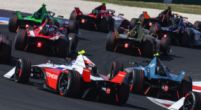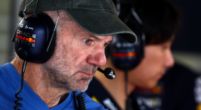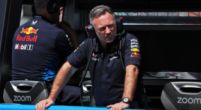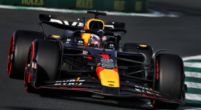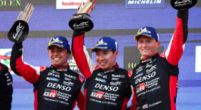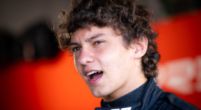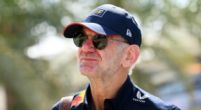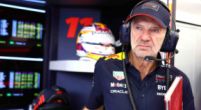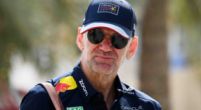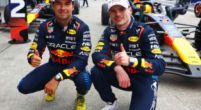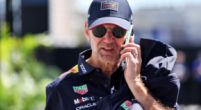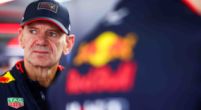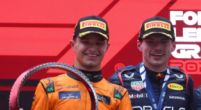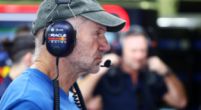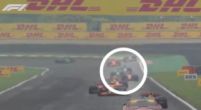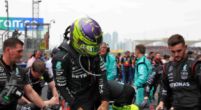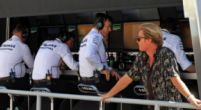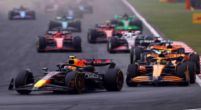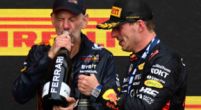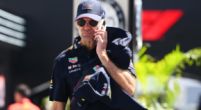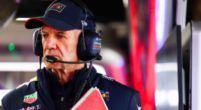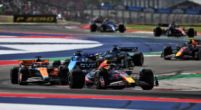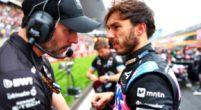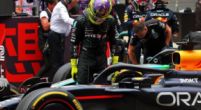General
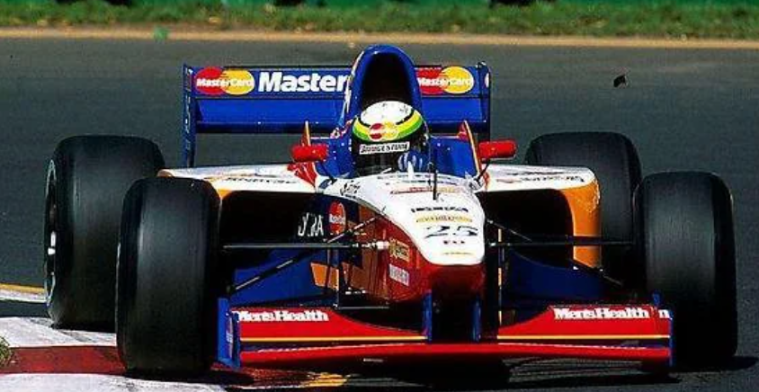
Lola return: This is what their short-lived adventure in F1 looked like
With Lola's entry into Formula E, an illustrious name returns to the top of motorsport. IndyCar, Le Mans, Formula 1, Formula 3000, Formula 5000, A1GP and Touring Cars; in all these series, the iconic British marque had more or less success. Think of drivers like Alan Jones, John Surtees and Graham Hill, who raced in Grands Prix in Lola-built cars in the distant past. Probably, for many F1 fans, Lola's last - sad - chapter in F1 is fresher in the memory.
For decades, Lola did what it was very good at: designing chassis for Formula 1 teams. In the early 1990s, the British company, founded in 1958 by Eric Broadley, decided it wanted more: its own team in the premier motorsport class. It was in '94 that Lola first took to the track under its own team name with a self-designed car. The goal was to enter it in the Formula One World Championship before 1995. Problem: the car did not meet the technical regulations at the time, so that dream quickly faded.
MasterCard placed high demands on Lola
Even more annoying, there was no major sponsor to provide Lola with the necessary British pounds to finance a full and expensive season in Formula 1. Yet the British did not give up. Lola kept testing and developing the car, and eventually, a backer came forward: MasterCard. The credit card company was keen on the adventure and immediately wanted to hurry. While Lola had set itself the goal of starting in '98 with a self-developed chassis and its own power unit, the Americans kept pushing for the first Grand Prix in 1997. Indeed, the objective was to be a solid middle team immediately.
Totally unprepared, MasterCard Lola appeared at the start in Australia in 1997 with an old Ford V8 (by necessity), with Vincenzo Sospiri and Ricardo Rosset as the two drivers. In free practice, the British team did not seem to be making an impression at first glance. The gap to Minardi - admittedly found at the back of the field for years - was barely a few tenths. Small detail: Minardi was doing long runs, while MasterCard Lola was simulating qualifying with little fuel on board and fresh tyres.
Qualifying
In it, polesitter Jacques Villeneuve achieved a strong time of 1:29.3. Sospiri was the fastest of the two Lolas, but his time was a whopping 11 seconds slower than the Canadian's. This put him five seconds above the 107% rule, which requires you to prove you are good enough for the Grand Prix on Sunday. Brazilian Rosset was even two seconds slower than his teammate. Was this perhaps an incident? No, as it turned out a little later during a test at Silverstone. This time, the Lolas were nine seconds slower than the top teams.
Mastercard, which had invited their most important business contacts to the Grands Prix, felt utterly embarrassed. Although the credit card company itself had pushed through - against all advice - the entry of Lola in '97, the company was so angry about the results that it withdrew as a sponsor. With no sponsor and no money, there was no F1 team. Before the second Grand Prix of the season was even run in Brazil, Lola pulled the plug on the F1 programme.
The sad numbers: one Grand Prix weekend present, zero starts to an actual race. Rosset eventually reached 26 Grands Prix with Footwork and Tyrell. Sospiri never drove a Grand Prix. His only feat in F1 was that one weekend in Australia.
The question that has lingered forever: what would have happened if MasterCard had not pushed through at the time that Lola had to start as early as 1997 and did wait until 18?

